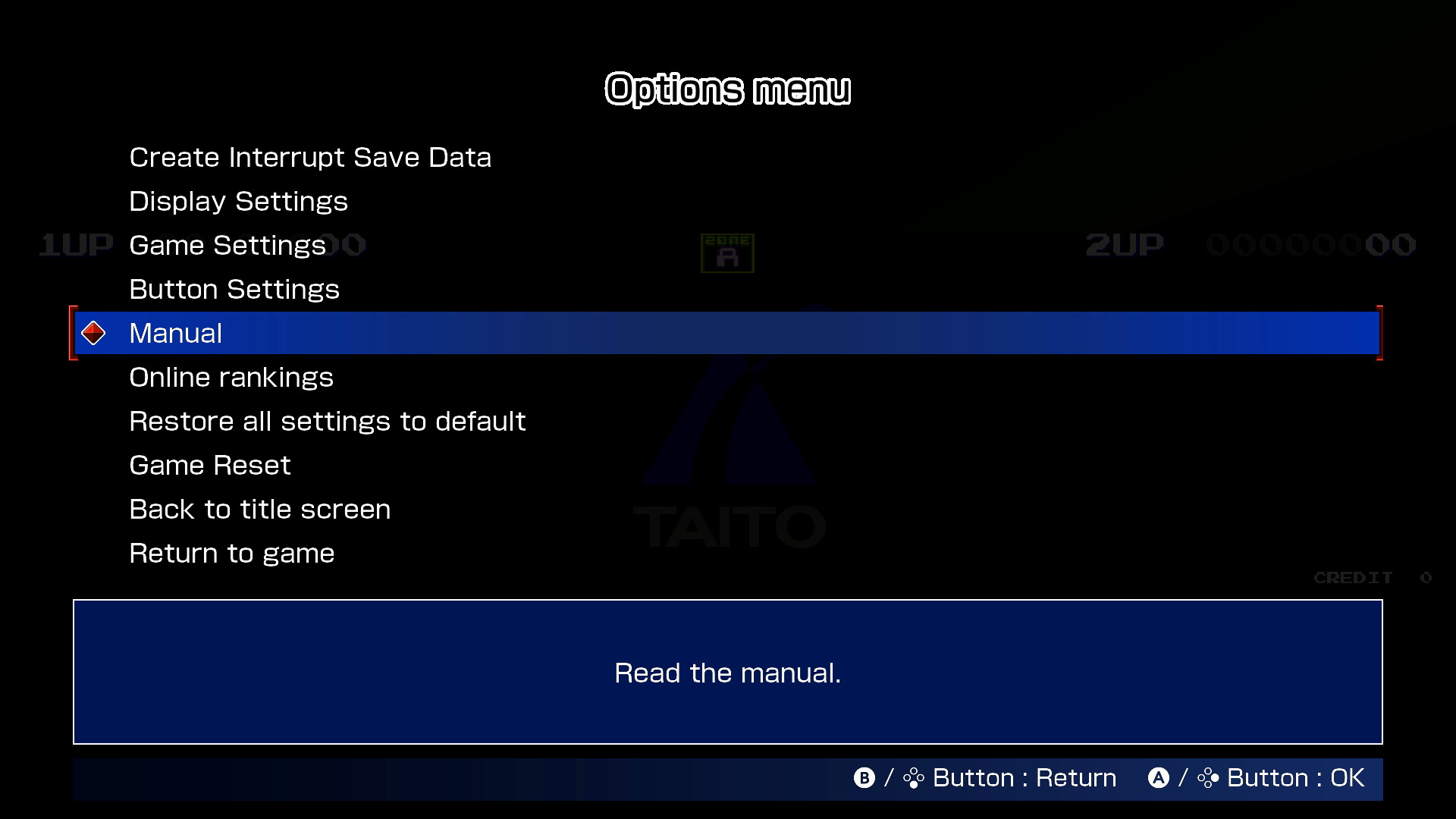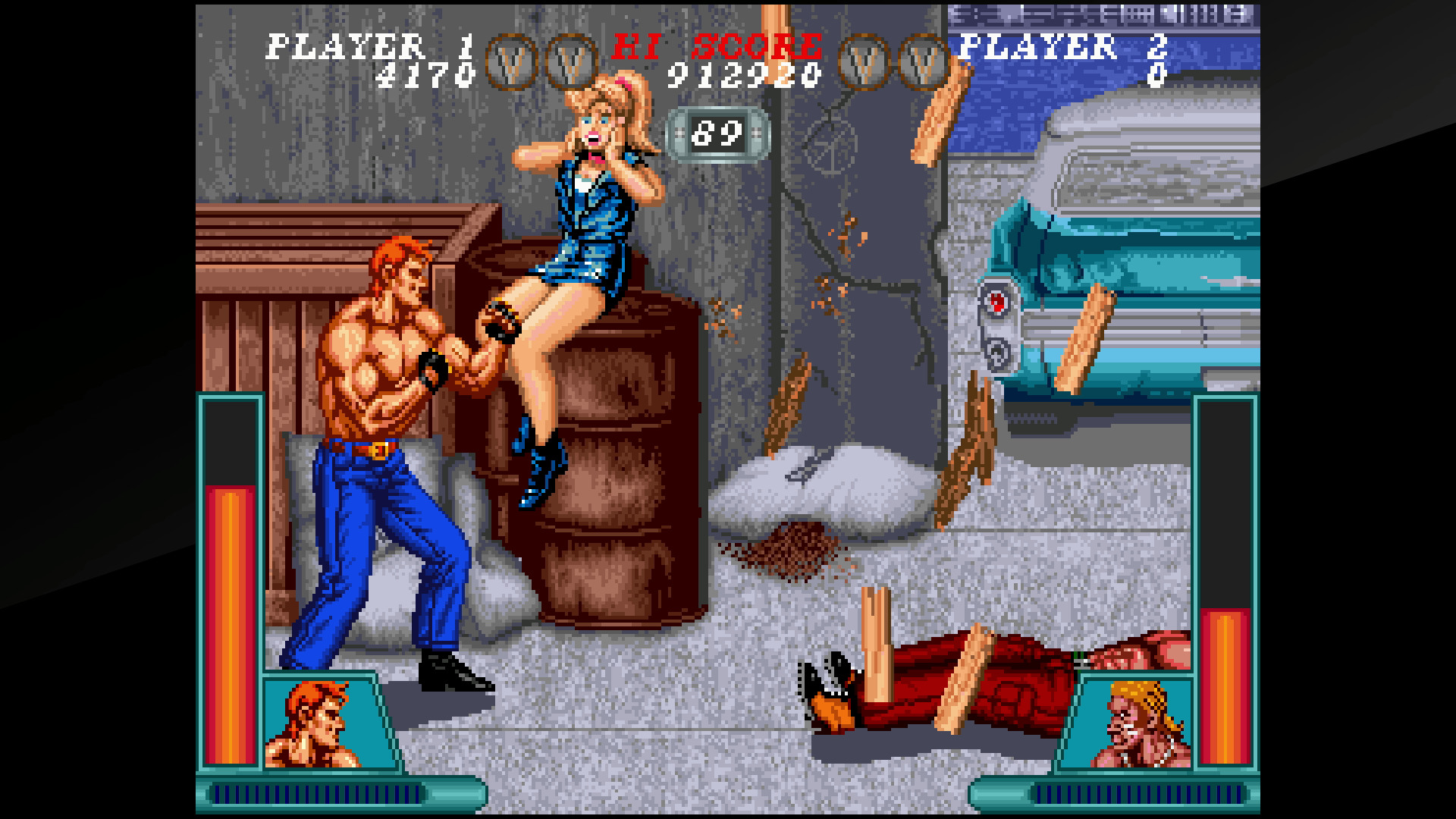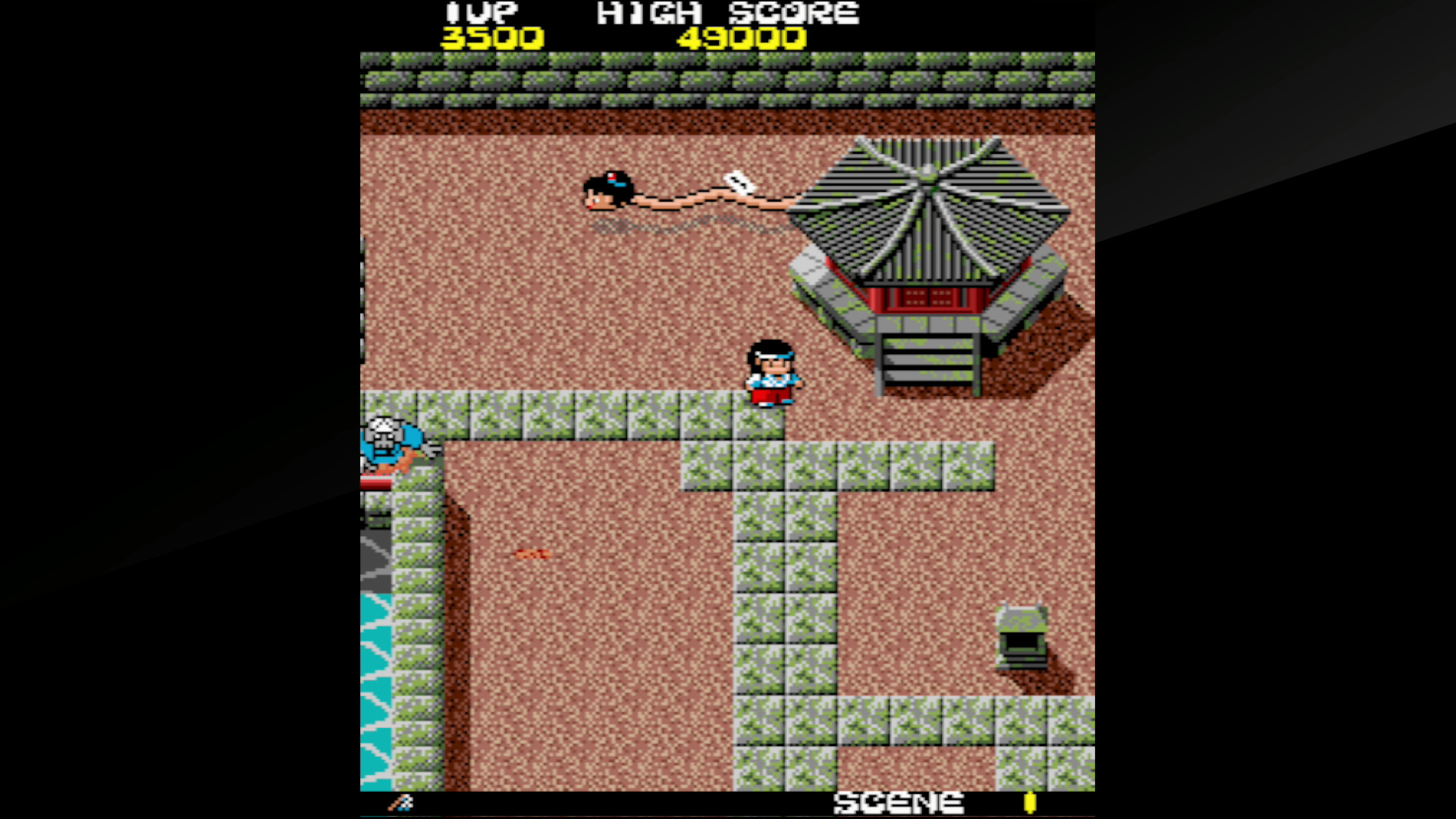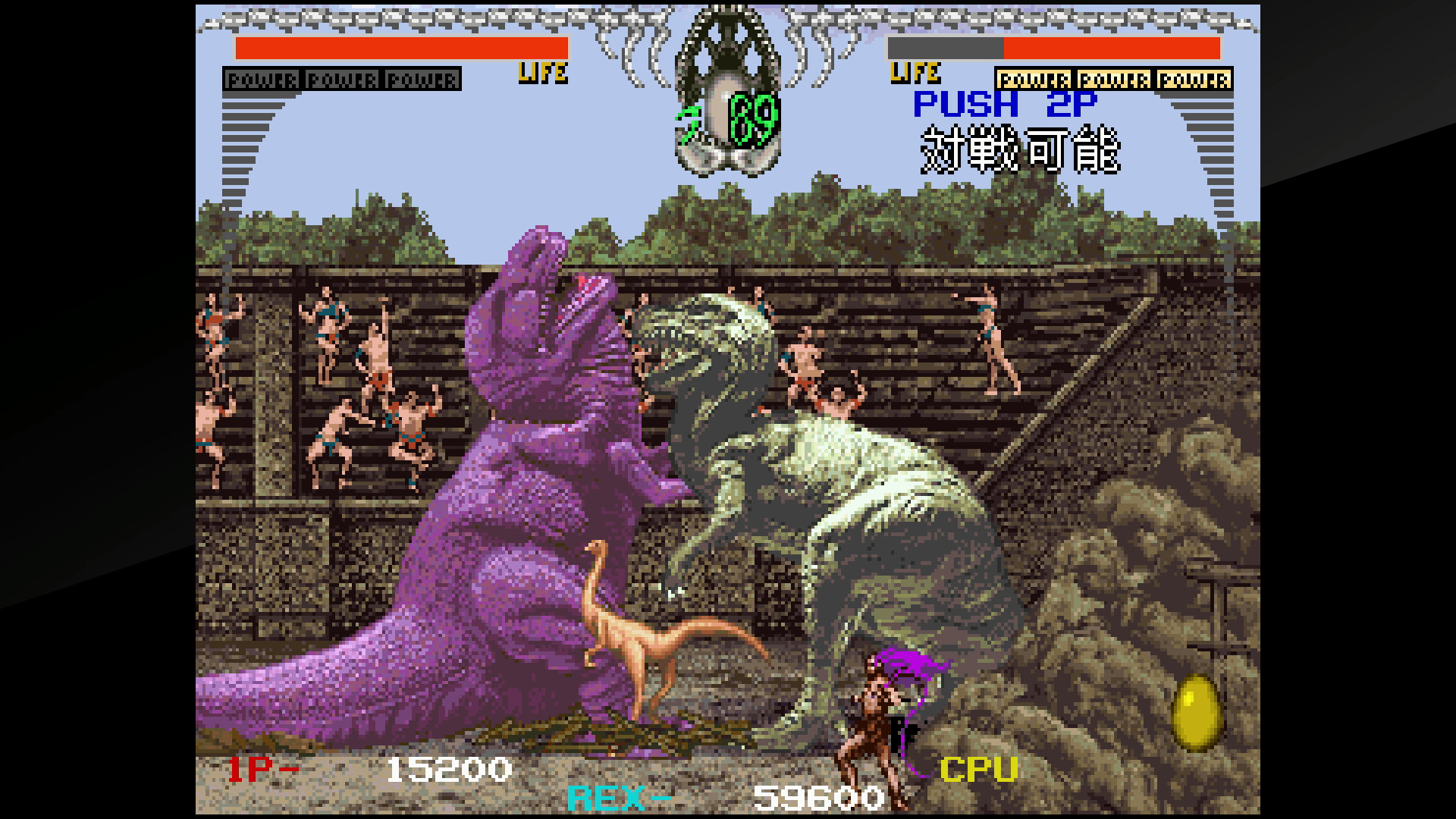The first Taito Milestones collection bundled 10 classic Taito arcade games in a low-frills package. One year later, Taito and ININ Games have returned with Taito Milestones 2. This installment once again bundles 10 Taito classics into one compilation, but the games lineup is slightly more modern and exciting this time around. We’re talking about some well-known classics like Legend of Kage and Kiki Kaikai, plus no less than three co-op shoot ‘em ups.
After launching Taito Milestones 2, players are taken to a menu depicting the 10 games in the collection (listed chronologically), just as with the first Taito Milestones collection. An original tune (a remix of the one from the previous collection) plays on the menu. No options or historical data can be accessed from the menu, in contrast to the basic but interesting information displayed in ININ’s Space Invaders collections.

The games here do feature option settings; they’re just accessed after launching the individual title. Available options are the same as the ones in the separate Arcade Archives releases that are sold on PlayStation and Switch. As the main menu indicates, Taito Milestones 2 is really a collection of Arcade Archives titles rather than a newly developed compilation.
Non-Cooperative Games
Taito Milestones 2 includes 7 non-cooperative games and three co-op titles. Most of these games can be purchased separately on Switch and PlayStation, with the exception of Solitary Fighter and Dino Rex, though both games have been announced for individual release in the future.

Solitary Fighter
Ben Bero Beh (1984): In this obscure firefighting game, players control a masked firefighter who must navigate single-screen floors of a burning building, shoot fires with a hose, and rescue damsels in distress. The gameplay is clunky but slightly reminiscent of Elevator Action.
The Legend of Kage (1985): Play as Kage, an Iga ninja, as he fights to rescue the princess in his action platformer. Kage can fire shurikens, use a sword to deflect some projectiles, and jump in 8 directions. Jumping is accomplished by hitting up rather than a jump button, though, which makes the gameplay a bit clunky. Many players won’t be able to survive the forest in which Kage gets absolutely swarmed by ninjas, but the game can be fun once you grasp the mechanics.

Kiki Kaikai
Kiki Kaikai (1986): The first game in the Pocky and Rocky series (which is now managed by Natsume) didn’t receive an Americanized title. Unlike 2022’s Pocky & Rocky Reshrined, this one doesn’t support co-op, unfortunately. Players control Pocky, the shrine priestess, as she navigates temples and other environments while battling yokai spirits. As with Reshrined, this is a top-down shooter without a strafing mechanic, so dodging while firing is pretty difficult.
The New Zealand Story (1988): Players control a kiwi bird named Tiki as he navigates through sprawling platforming levels in a quest to rescue his friends. Tiki can jump, swim, shoot arrows, and ride in balloons. These balloons, which can be stolen from enemies or found in the wild, allow the avian hero to fly to higher locations. New Zealand Story is a solid platformer despite the conspicuous lack of parallax scrolling in the backgrounds, but the confusing level design makes it possible to get stuck with nowhere to go at times.

Dino Rex
Liquid Kids (Mizubaku Adventure, 1990): An ugly hippo thing fights to save his pals in this action platformer. The hero, Hipopo, throws water balloons that stun enemies. In mechanics reminiscent of Bubble Bobble, kicking the enemies or kicking stunned enemies into them will actually defeat the enemies. The graphics are much improved over New Zealand Story, though the copious on-screen chaos makes enemies and projectiles difficult to see at times.
Solitary Fighter (Violence Fight II, 1991): The sequel to Violence Fight is a combination of versus fighting game and beat ‘em up. Players select from 6 male characters and then battle against single opponents using beat ‘em up style mechanics. The large sprites and detailed backgrounds are impressive, but the characters themselves lack charm. The Violence Fight games support versus battles, but co-op would’ve significantly improved both games.
Dino Rex (1992): A Primal Rage-style dinosaur fighting game featuring digitized dinosaur puppets: what’s not to like? Artistically, Dino Rex had so much potential (even if the puppets could look better), with tons of background details like human spectators and destructible environments. Sadly, the controls are unbelievably clunky, making the game painful to play.
